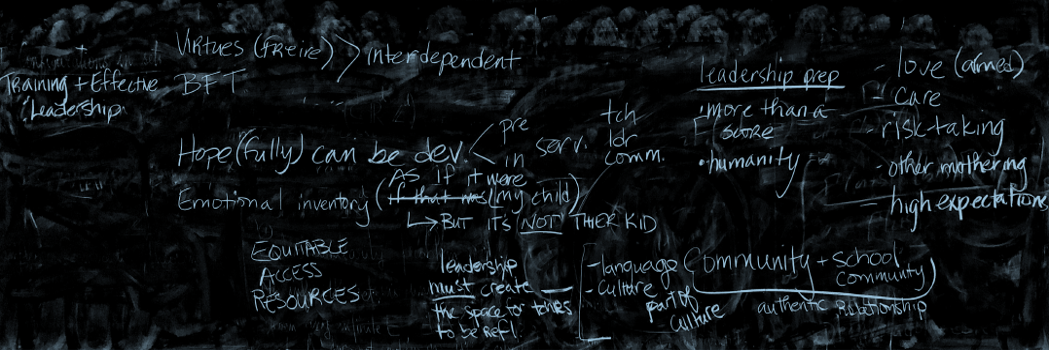Please see the link below to “A Radical Care Table Talk” (And Yes it’s a play off the Jada Pinkett-Smith Red table talk minus the the extra stuff)
https://lehmancollege.yuja.com/V/Video?v=3077832&node=10472141&a=1562598314&autoplay=1
Guiding questions: “Care” What does care look like when it is activated? How do we define care? And, how can we address care systemically?
I led a “Radical Care Table Talk” which featured my colleagues at the City University of New York. Alderson Magloire and Lawrence Patterson engaged me in a discussion regarding radical care. In this context, we sought to explore the ways in which care operates in education and systemically. We also discussed how we have seen care activated and the impact it has had on the work that we do. Defining the term “care” was critical to unpacking how we view the work that is done in education which then led to a discussion about the barriers to care. Ultimately, we engaged in a conversation that lends advice to recognizing the importance of care and offers strategies to embedding care in the work that educators and those alike can engage in.


